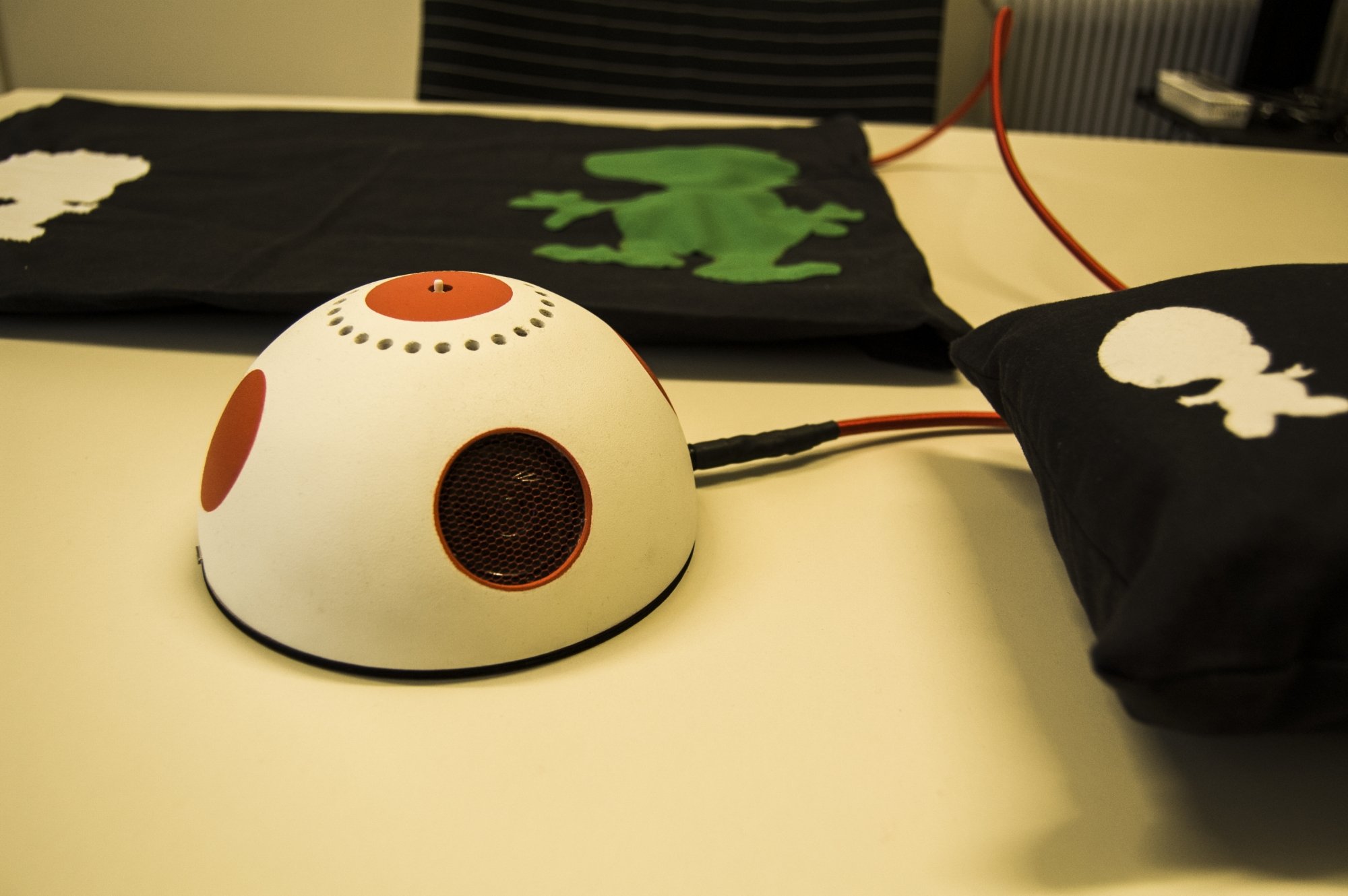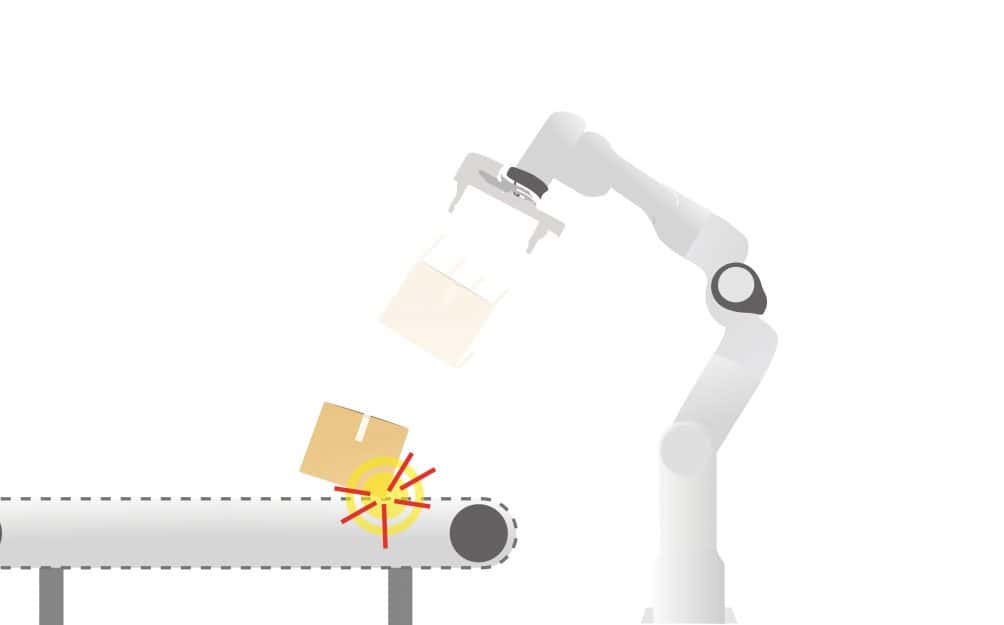
VIENNA, 24 November 2018 – How can technology support the social game between autistic and non-autistic children? A research team is addressing this question in a project on assistive technology at the Vienna University of Technology. The approach is unconventional: the children themselves are also involved in the design process.
Autistic children often react positively to technologies. Dealing with technologies is often easier for them than dealing with people, because they are easier for them to understand. The research team around Dr Christopher Frauenberger in the Human-Computer Interaction Group of the Technical University of Vienna makes use of this. In the study “Social Play Technologies“, they use digital technologies to enable autistic and non-autistic children to have shared play experiences.
Social interaction
Frauenberger has been involved in the communication of people with disabilities since his doctoral thesis at the Queen Mary University of London. In his PhD research, he developed a sensitivity to body language and other non-verbal communication.
Later, at the University of Sussex, Frauenberger was involved in the Echoes II study. The aim was to create a virtual, social interaction-education-learning environment for autistic children. In this study, he first came into contact with participatory design. The principle of involving future users in the development of products is rooted in the Scandinavian workers’ movement. In the technology sector it is used to find out what role technologies can play in life and to give users a share in shaping technological future perspectives, Frauenberger explains.
In Echoes II he noted that many things happen in the environment of the learning environment and not necessarily in the role of a teacher. This gave rise to his idea to openly enter the design process and see which technologies are developing. This is a major challenge for the research work, but it should ultimately contribute to a better quality of life for autistic people.
Design Process
Frauenberger: “Assistive technology has traditionally been about compensating for disabilities, such as hearing aids. We want to get away from the normative attitude of the majority and the mantra ‘We repair shortcomings’.”
This approach was applied in his first study at the Vienna University of Technology, which ran from 2014 to 2017. The study was entitled Outside the Box and was conducted with individual autistic children. The research team learned how to better integrate these children. Methods such as cooperative research, digital manufacturing or acting were used. Frauenberger: “It was an opportunity to get to know each other, to involve children in the creative process and to develop concepts. Later, the individual concepts were further investigated to arrive at the concept they wanted to realise.
Social Play Technologies
In the follow-up project Social Play Technologies, the research team builds on these theoretical foundations. The aim of the study is to develop technologies that support the social interaction between autistic and non-autistic children. It is no longer only individual children who are to be involved in the development and design process, but also groups of children. The groups consist of four to six children aged six to eight. The children are offered a free game platform, which they can interpret freely. In the development of technology, the emphasis is more on social roles than on toys.
Emotional regulation
There are different ideas within the groups and it is sometimes difficult to find a negotiating space, Frauenberger explains: “Children have different ideas about social play. Some like it when everyone speaks out loud and has fun, others need more structure. Autistic children often need emotional regulation. They have to deal with overburdening social situations and this influences their idea of a successful social game.
After the first year of the project, two prototypes emerged from the concepts developed. Their designs are currently being evaluated. The effects of the technology are tested in the groups involved and in comparison groups.
Social Situations
In one project, the children thought together about the design of the rooms and the lighting. In the execution, each child has built a construction that is partly constructed of electronic textile with integrated LEDs. This created illuminated caves and connecting corridors. Each LED textile was activated or controlled by a stress ball, where each ball created a different colour and always influenced all LED textiles, causing the colours to mix. In order to reach agreement on certain colour effects, a common discussion room was needed for the negotiations.
Another project was about movement and music. The children placed baseboards on the floor of the room to control the music. When the children move over the plates, coordination is needed to create certain effects, such as loud/soft or on/off. At the same time, the structure is loose enough to give the children the space to play.
Both prototypes are based on microcontrollers, i.e. semiconductor chips that contain a processor and a peripheral function at the same time. These are connected via WLAN or Bluetooth. Both prototypes work via pressure sensors: these activate and control the LED light at the voltage balls and the music aspects at the base plates. In the music/movement project, the loudspeakers are integrated into the base station.
“Outside the Box” and “Social Play Technologies” are financed by the Scientific Research Fund.








